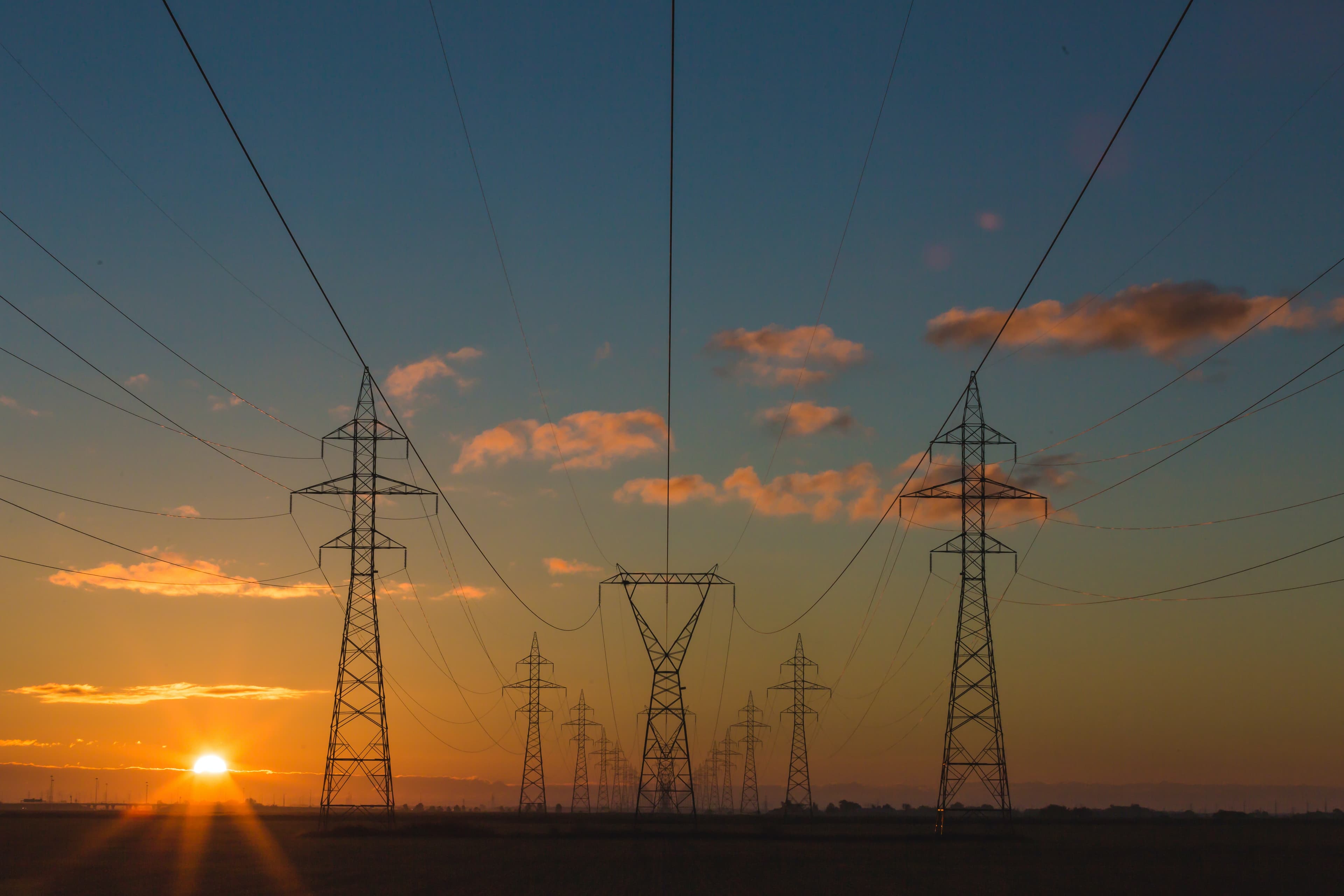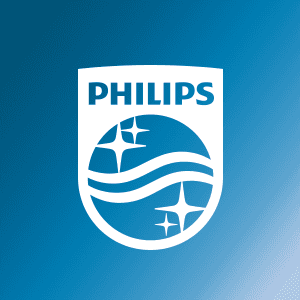
Set sustainable energy management standards
 Philips
PhilipsSummary
Setting sustainable energy management standards to drive the implementation of renewable energy strategies all over the company's operations
Context
Switching to renewable energy helps to address Scope 1 and 2 greenhouse gas (GHG) emissions. Philips already sources 100% (on-site and purchased) renewable electricity. The main contributor to the company’s Scope 1 and 2 (market-based) emissions remains the use of natural gas for heating. Through its ‘Phasing out fossil fuels’ program, Philips is investigating ways to transition from fossil fuel to other sources of heating, such as district heating, ATES (Aquifer Thermal Energy Storage) and heat exchangers.
Philips’ sustainable energy efforts include energy efficiency improvements, on-site renewables, Power Purchase Agreements, and renewable energy certificates. The company is continuously working to manage its energy consumption by reducing energy use, decoupling its operations from fossil fuels, and investing in long-term renewable energy solutions. It aims to reach a 90% GHG reduction goal by 2040.
By 2025, Philips aims to achieve onsite renewable energy at all its sites, where possible. And with a goal to supply 75% of its total energy consumption from renewable sources, the company will seek to harness diverse sources of renewable energy, including geothermal heat pumps, biogas, solar hot water and other technologies.
Solution
At its sites, Philips will still need to tackle reducing or eliminating direct emissions resulting from fuel combustion and indirect emissions from the use of refrigerants. Each site implements energy-saving projects annually.
To drive the implementation of its renewable energy strategy, Philips has set specific energy management standards, applicable to all it sites:
Profile analysis of energy consumption: the site must review and analyze its energy consumption profile at the facility through utility bills, meters and/or consumption log and conduct an energy balance exercise to determine energy in and outflows. The energy consumption profile covers on-site renewable electricity production- and consumption, purchased (grey or renewable) electricity, fossil fuels and emissions associated with the use of refrigerants. A central interactive dashboard enables monitoring of energy- and emission performance on a month-to-month basis. This informs targeted action
Identification of major energy consumers: the site must survey and measure the energy consumption of operation for each piece of equipment to reconcile with the total energy consumption and record the operating characteristics of the top ten energy consumers
Energy efficiency control: the site must develop a control strategy to manage energy efficiency
Philips Energy Targets, Achievement, Reporting: We report on all lease/owned properties that we have in management. Together with Philips Real Estate and the Operations team we set targets, develop plans to achieve Philips’ long term Environmental Program objectives and targets. Performance is measured on energy parameters on a monthly basis via an interactive dashboard
Energy improvement planning: The site must develop and implement an energy conservation plan and a renewable energy plan, implement the steps necessary to achieve its targets, and evaluate energy consumption of any new processes or energy-intensive machinery orequipment
Energy change management: changes to the site’s operation, processes or energy-intensive equipment must include an evaluation of the effects on the site energy consumptions, energy target and requirements. A new energy profile is required when the characteristics of energy consumption have changed
Energy management training: energy management training, such as the correct operation and maintenance of machines and equipment and general energy conservation requirements, must be provided to all employees and contractors as it relates to their job function
Impact
Climate impact
Targeted emissions sources
Scopes 1 and 2.
Decarbonization impact
By 2025, Philips aims to have a 75% of renewable energy by 2025 (up from 73.9% in 2021).
Implementation
Implementation and operations tips
Ensure that you have a good and thorough knowledge of your electricity needs now and in the coming years. A solid framework such as our energy management standards allows us to identify big energy consumers and find the most relevant energy-saving solutions
Collaboration is important. Beyond setting high energy management standards, explore potential partnerships with other companies to co-invest in wind or solar farms to help make your national grid more sustainable